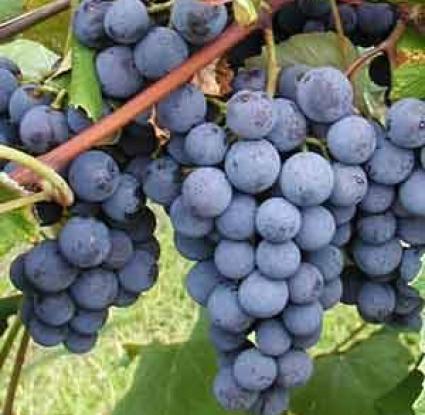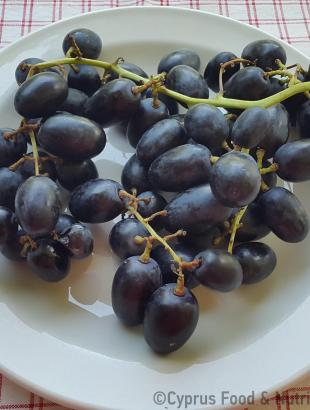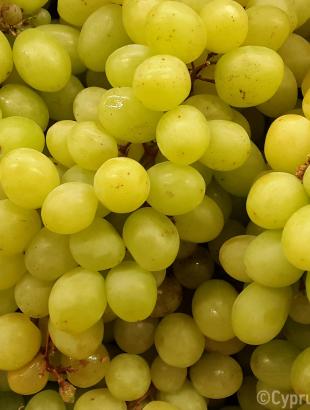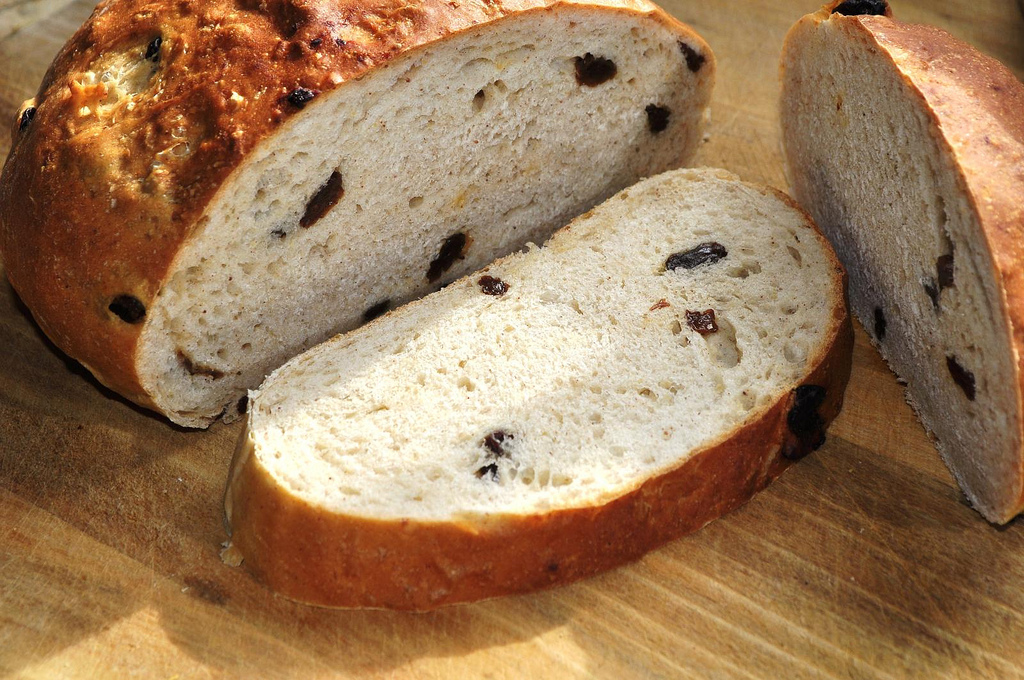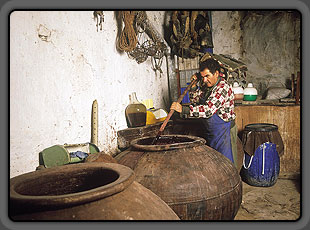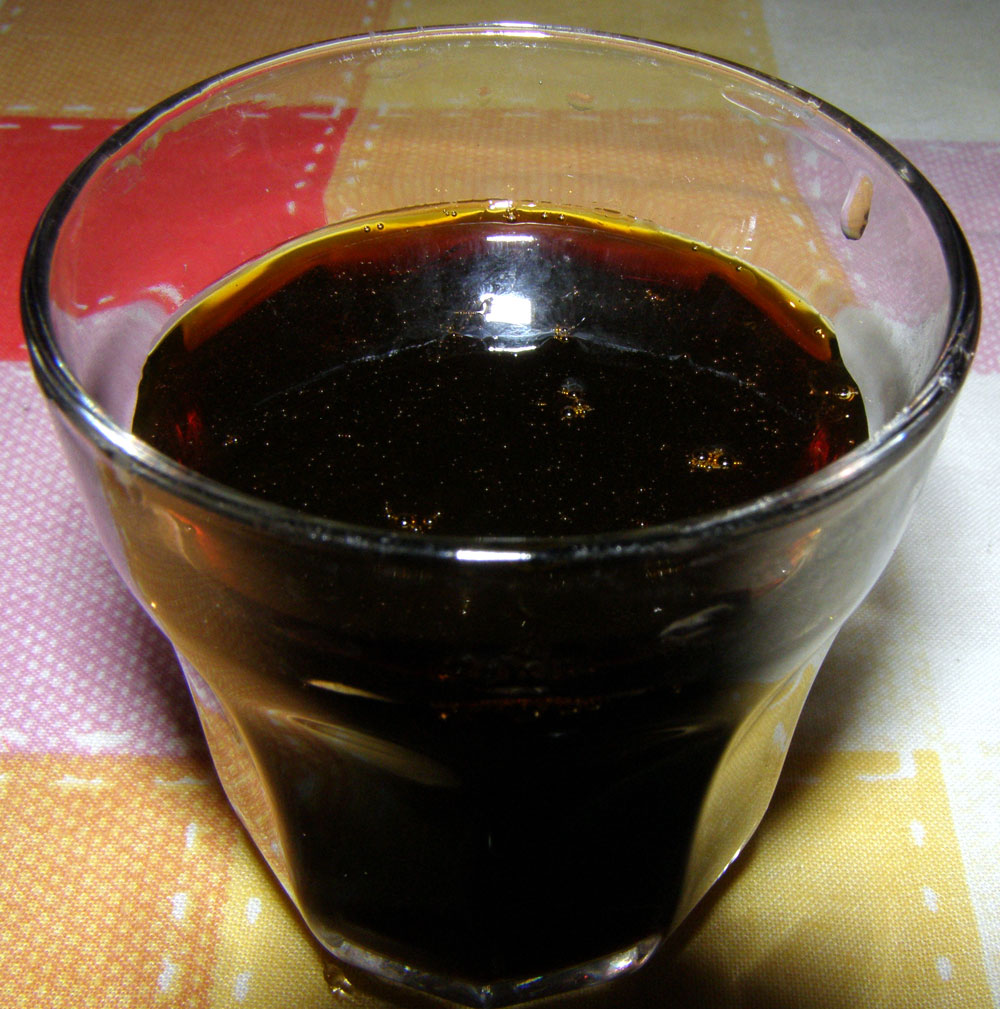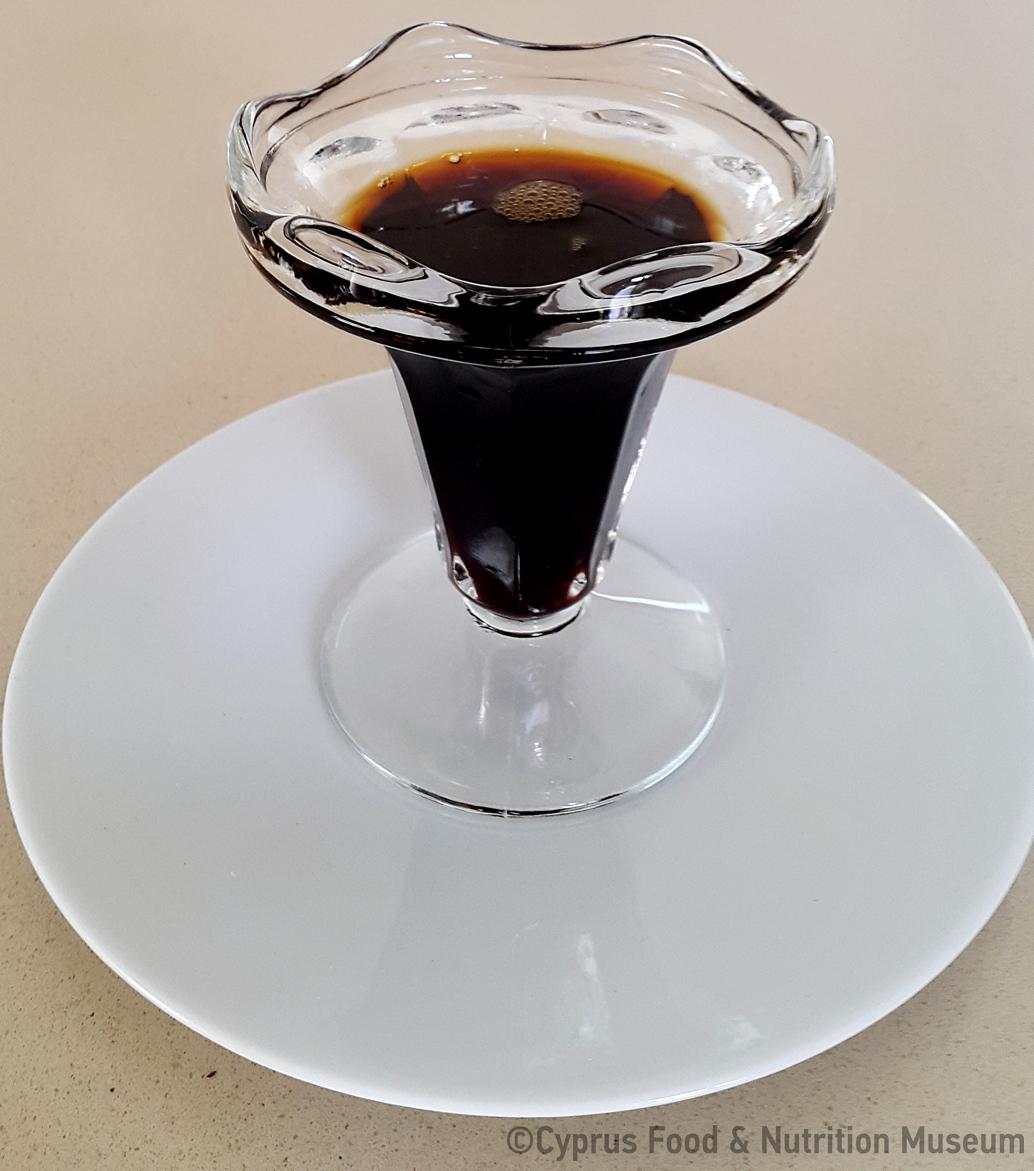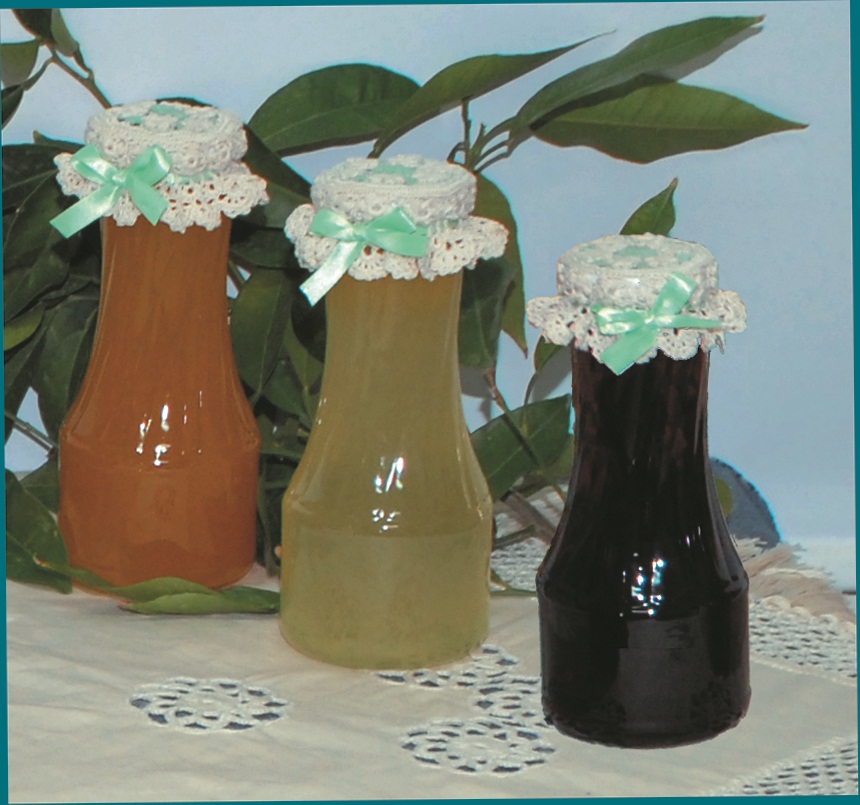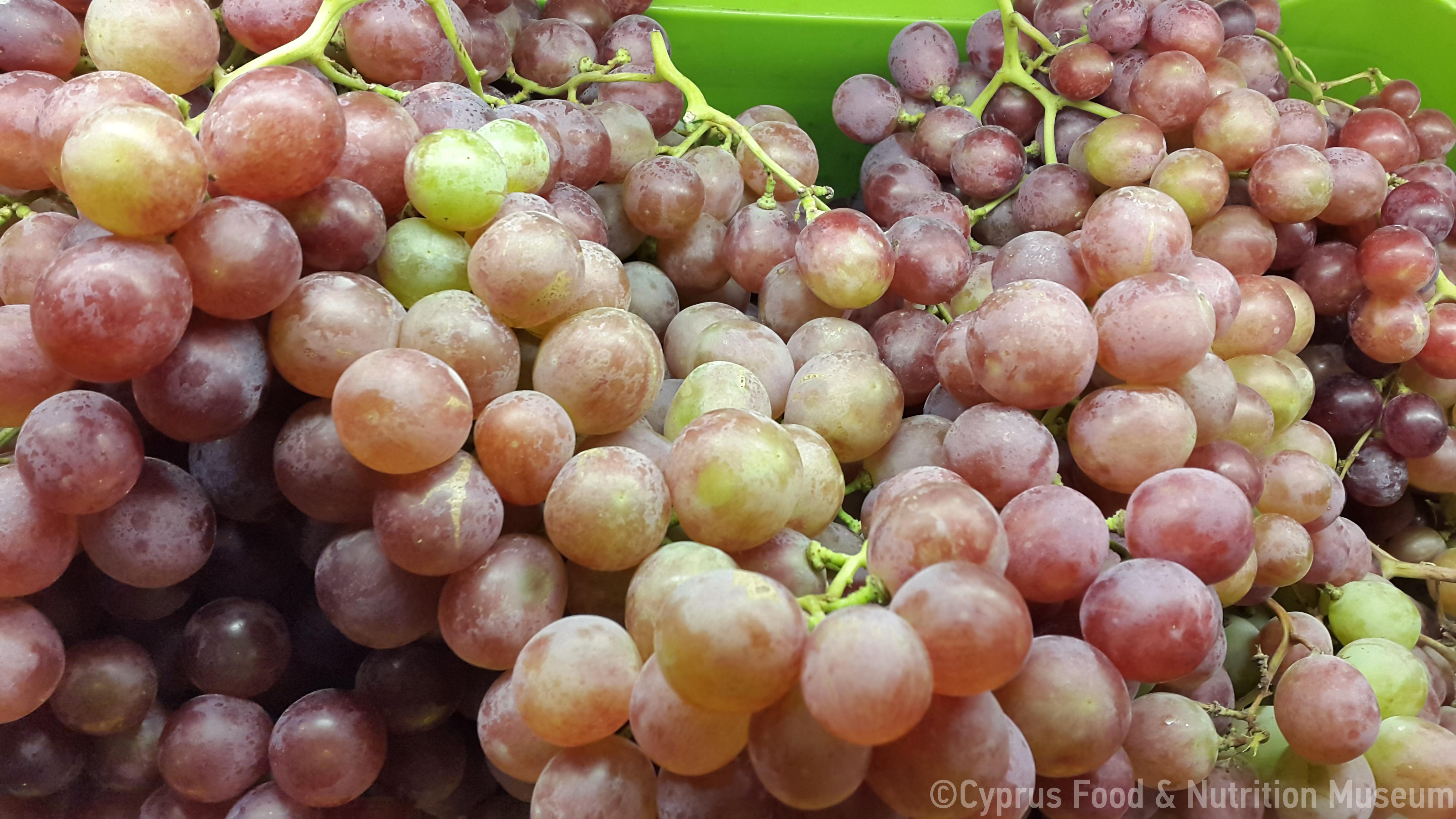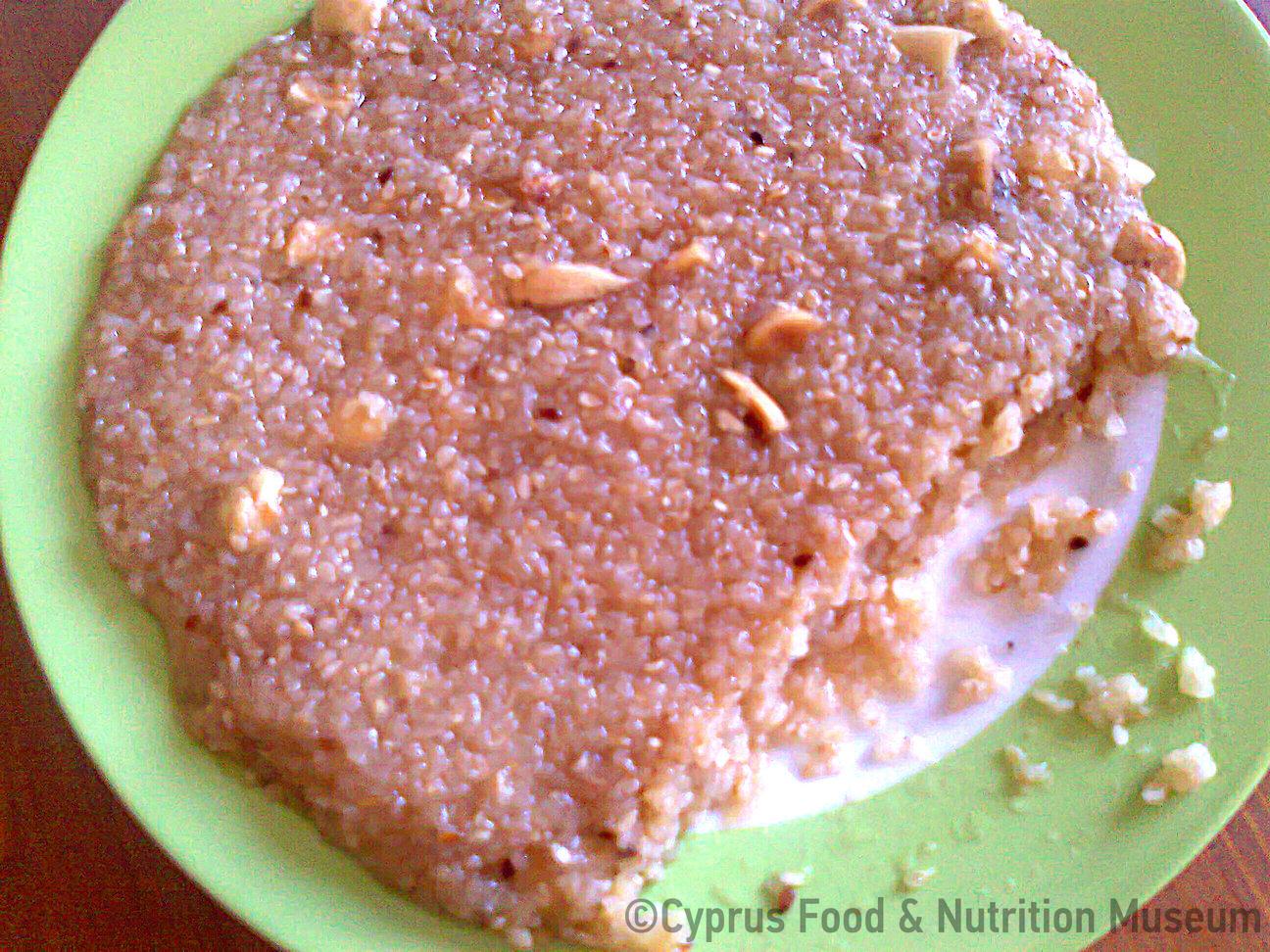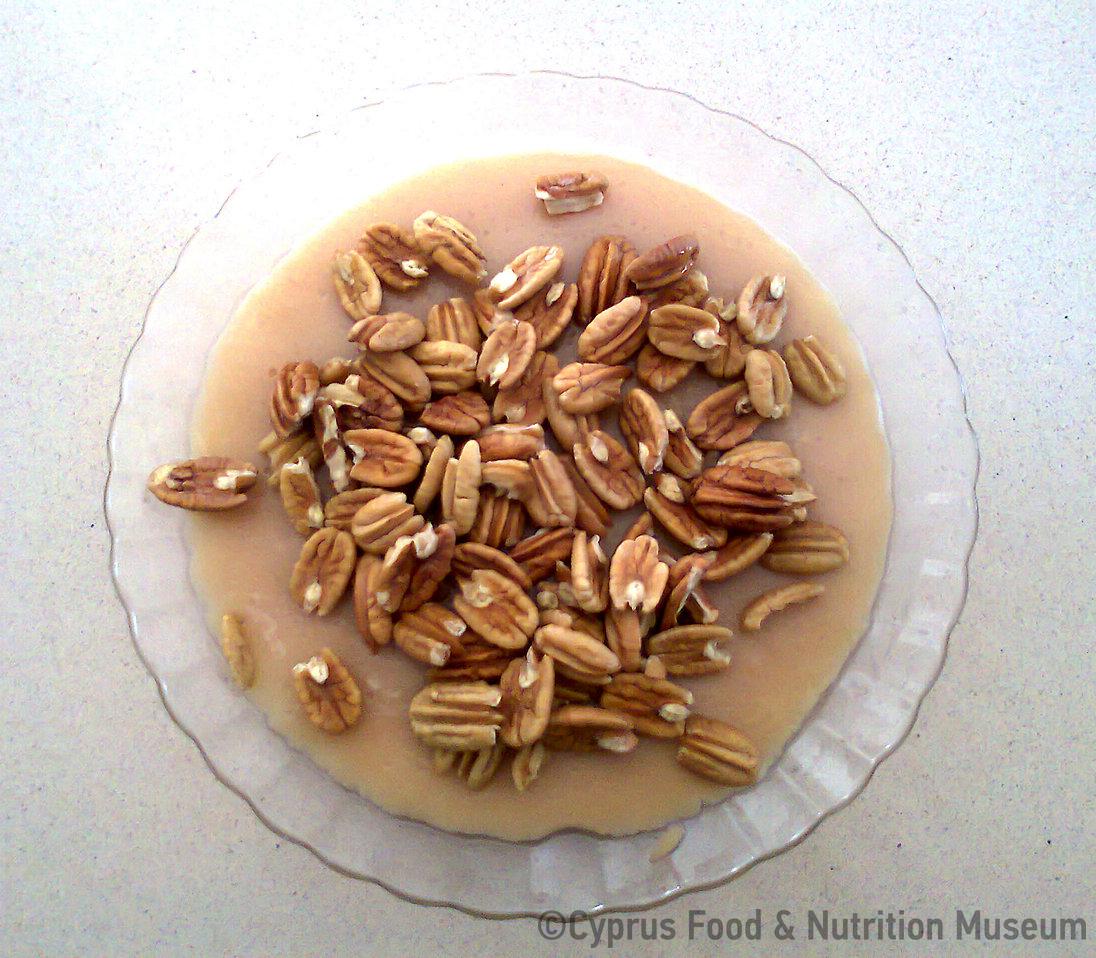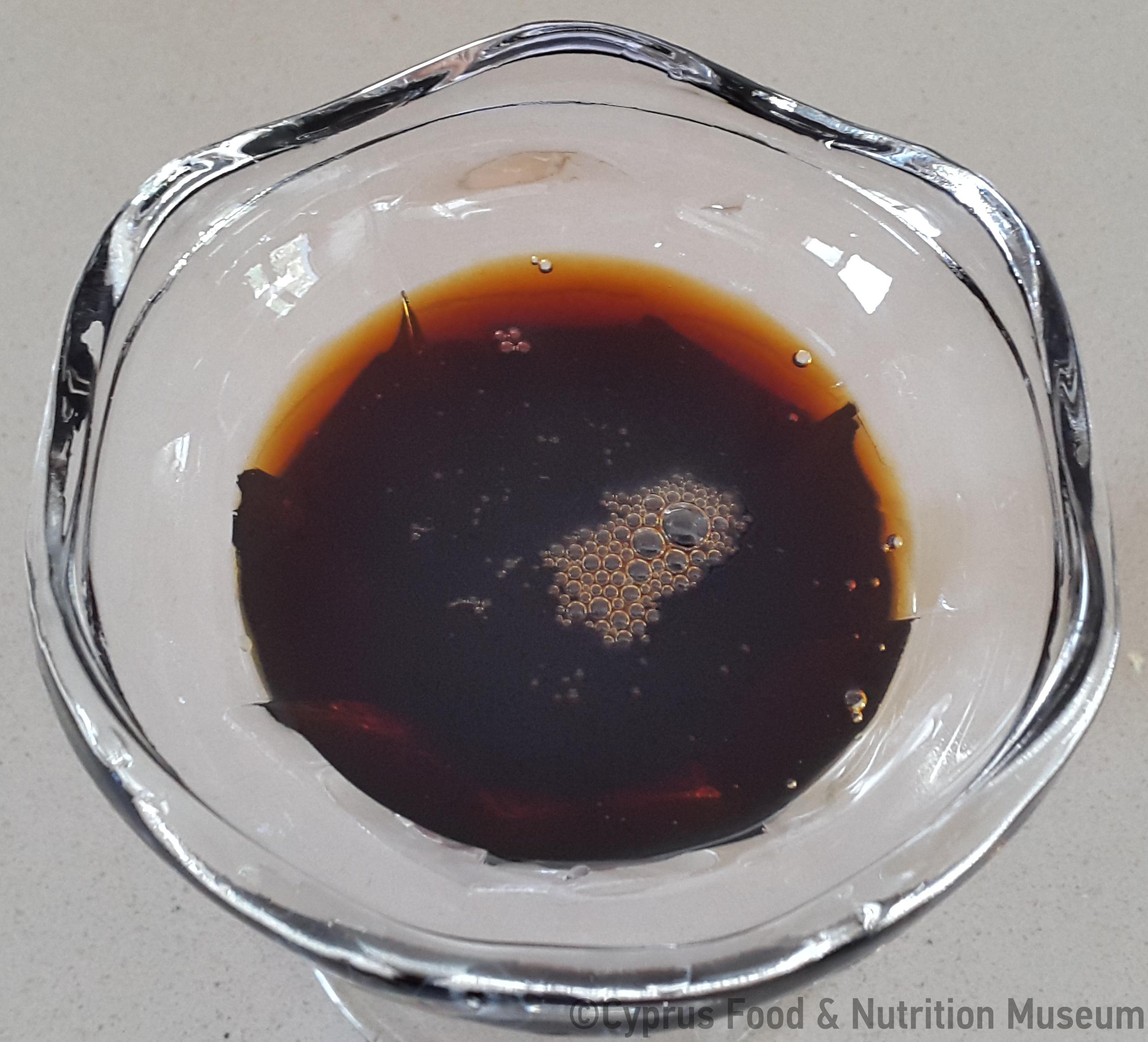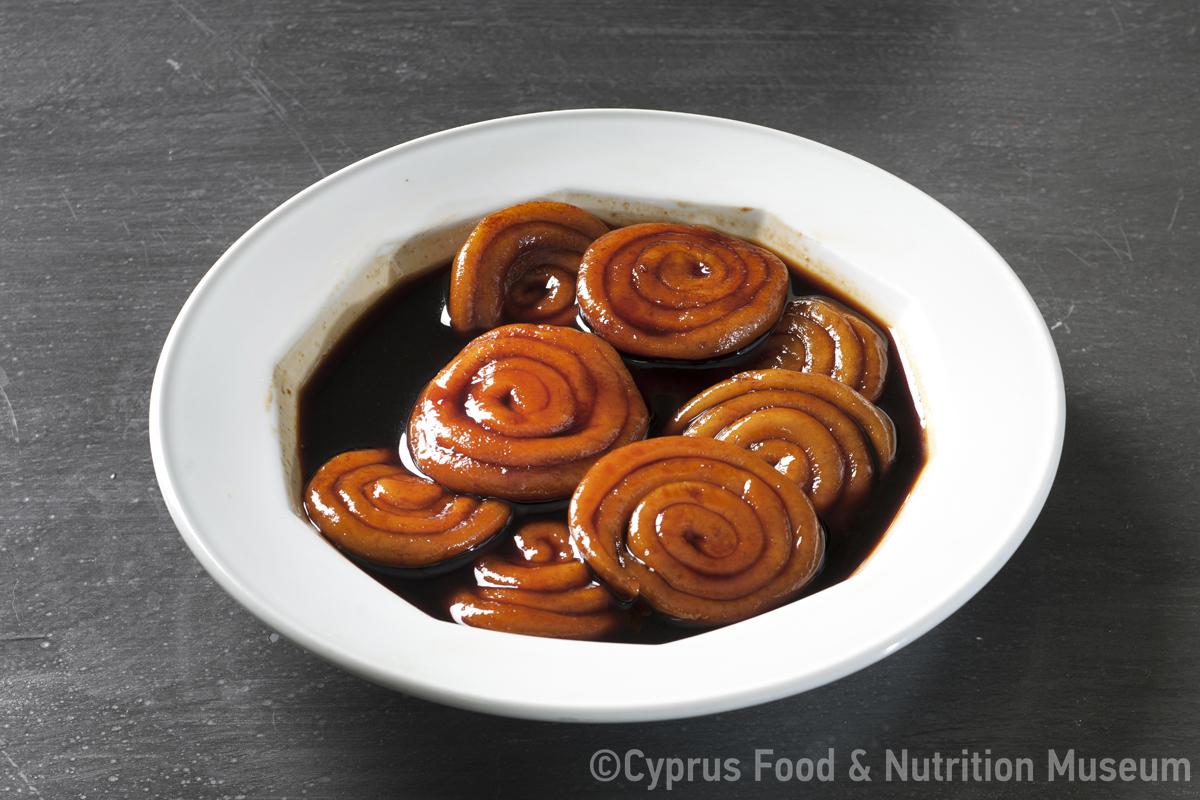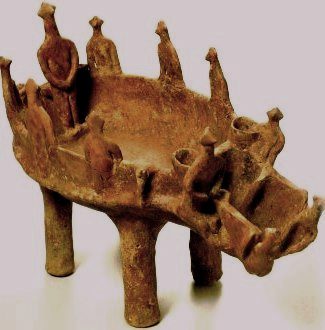Grapes were consumed as a fruit and were used to produce sweet wine, especially Commandaria, dry wine (mostly red), zivania and vinegar.
Name - Origin
Σταφύλι
In Askas, defective grapes or grapes damaged by ash, the sun or other causes are called soúrouva. ‘I went to the vineyard but the grapes were all sourouva' (Panaretos 1950, 152).
The grape varieties that were commonly cultivated in Cyprus were the white xynisteri, the black pófthalmon, the kokkinórovon and the floúriko (Ionas 2001, 93).
Marathéftiko is a native variety of black grapes, one of the best quality grapes in Cyprus, which got its name from the Marathasa region (Kythraiotou 2013, 43).
Rozakí is a variety of table grapes, with its name deriving from the Latin word rosacea large, white grape (Petrou-Poeitou 2013, 127).
Aligoté is the name of a grape variety of French origin, recently introduced in Cyprus. Its cultivation has a high yield, it ripens one and a half months earlier than local grapes and produces superior quality wines (Great Encyclopedia of Cyprus, vol. 1, entry aligote, 369).
Grapes were mainly grown in the mountain villages of Cyprus, where the temperature was low. The villages of the Limassol district, such as Lania, Trimiklini, Omodos, Platres and the villages of Pitsilia such as Alona, Askas, Palaichori were famous for viticulture.
Vine planting was carried out in March and April, usually on Sundays. The vine-growers would harvest the grapes intended for the production of Commandaria and mos/háto in August, while the grapes for the rest of the wines were harvested later, in September and November (Ionas 2001, 82-83, 89).
Marathéftiko is a native variety of black grapes, one of the best quality grapes in Cyprus, which got its name from the Marathasa region. It is different to other successful varieties on the island, as other varieties are needed in order to pollinate. It matures slowly. Wines of the Maratheftiko variety can be consumed once the vinification is finished or they can be aged. (Kythraiotou 2013, 43).
Functional and symbolic role
Grapes were consumed as a fruit and also used in the production of various alcoholic beverages consumed throughout the year. These drinks were: sweet wine, especially Commandaria, dry wine (mostly red), zivania and vinegar. These were used by the Cypriots not only as drinks or cooking ingredients, but also as external medicine for various illnesses that they and their animals had to deal with in everyday life (Ionas 2001, pp. 73-75).
In some parts of Cyprus, on Epiphany day, people used to take various fruit and nuts in baskets or zembilia (weaved baskets) to the church, which they used to produce, such as grapes, pomegranates, apples, hazelnuts, walnuts, quinces, almonds, oranges, pastosyka (dried figs), watermelons, melons and potatoes. These were placed around the baptismal font and after the Consecration ceremony, the priest would sprinkle them with holy water to bless the produce (Taousianis 2008, pp. 101-103, 127-129).
In some areas, they used to take grapes to church on certain festivals. “On the sixth of August, the day of the Saviour, we take grapes in a basket to the church. We put the basket on a tray, the priest reads blessings and they distribute the grapes to the people as antidoron (i.e. blessed)” (Testimony: Herodotos Markides, Omodos. Yangoullis 2008, 137).
The producers’ wives sometimes would hold a kind of ritual as they believed that it was needed to achieve a good production. As regards to grape production, they used to roll a grape through their house so that many ripe and good grapes would flow into the house (Ionas 2001, p. 73-75).
Additional information and bibliography
The Cypriot poet Stasinos, a parallel with Homer, mentions in the ‘Cypriot epics’ that Anios had three daughters: Oeno, Spermo and Elaïda, who had the magical ability to produce wine and oil. He even mentions that the vine was cultivated in Cyprus since the early years of its settlement. Much later, in 1571 AD, it is said that Sultan Selim II conquered Cyprus, because he wanted to include in his empire, the land which produced such good wine.
During the difficult years of the last centuries, every farmer would try to have a vineyard in order to be able to produce raisins, so as to have dry food that was so much needed for those who would work in the fields. A grape vine for every family was almost indispensable, since it provided so many useful produce for the family's needs. Hence, a popular proverb: ‘By selling the vine, how many goods you have bought?’ (Ionas 2001, pp.73-75).
The whole family, relatives and friends would help plant the vineyard. Just before noon, they would pause to have lunch. Usually the owner's wife would serve sausages, lard, olives, polton [grape syrup with flour], wine and zivania, all of which are produced in these villages. After they had finished planting, a feast was held at the owner's house so that everyone would wish the owner 'blessings and a good harvest' (Ionas 2001, 83, 86).
The following poem refers to selling the grape harvest in the streets: “In your neighbourhood they sell to me xinisteri grapes” “come out, lady, "buy" me and we shall be a couple” (Theodorou 2006, p.351).
Grapes were one of the exporting products of Cyprus. Gennadios (1914, 73) mentions in this regard: ‘The markets of the East, which consume large amounts of foreign grapes, are those of Egypt and especially Port Said; the grapes are imported to Egypt particularly from Crete and Cyprus’.
Gennadios P. G. (1914), Λεξικόν φυτολογικόν: Περιλαμβάνον τα ονόματα, την ιθαγένειαν και τον βίον υπερδεκασχιλίων φυτών, εν οις και τα λόγω χρησιμότητος ή κόσμου καλλιεργούμενα, των οποίων περιγράφονται και η ιστορία, η καλλιέργεια, τα προϊόντα και αι νόσοι, Paraskevas Leonis Printing House, Athens.
Yangoullis K. G. (2008), Θησαυρός Κυπριακής Διαλέκτου. Ερμηνευτικό, Ετυμολογικό, Φρασεολογικό και Ονοματολογικό Λεξικό της Μεσαιωνικής και Νεότερης Κυπριακής Διαλέκτου, Βιβλιοθήκη Κυπρίων Λαϊκών Ποιητών, Theopress Publications, Nicosia.
Theodorou K. (2006) Τα Λύμπια: μια περιδιάβαση στο παρελθόν και στο παρόν, Nicosia.
Ionas I. (2001) Τα παραδοσιακά επαγγέλματα της Κύπρου, Δημοσιεύματα του Κέντρου Επιστημονικών Ερευνών, ΧΧΧVΙΙ, Nicosia.
Kythraiotou F. (2013) Γαστρονομικός οδηγός Μαραθάσας, Υπουργείο Παιδείας και Πολιτισμού-Παιδαγωγικό Ινστιτούτο, Nicosia.
Panaretos A. (1950) «Κυπριακή γεωργική λαογραφία», Κυπριακαί Σπουδαί ΙΔ΄.
Pavlides A. (ed.) (1984), Great Cyprus Encyclopedia, vol. 1, Filokypros, Nicosia.
Petrou-Poeitou E. (2013), Από πού κρατάει η σκούφια τους. Λέξεις και ιστορίες από τον κόσμο της γεύσης, Epiphaniou Publications, Nicosia.
Taousianis Ch. (2008) Λαογραφικά σύμμεικτα Ριζοκαρπάσου. Αναφορές και σε άλλα μέρη της Κύπρου και του ευρύτερου Ελληνισμού, Nicosia.
Demetra Demetriou, Tonia Ioakim, Kyriaki Panteli, Savvas Polyviou / Petroula Hadjittofi, Argyro Xenophontos

